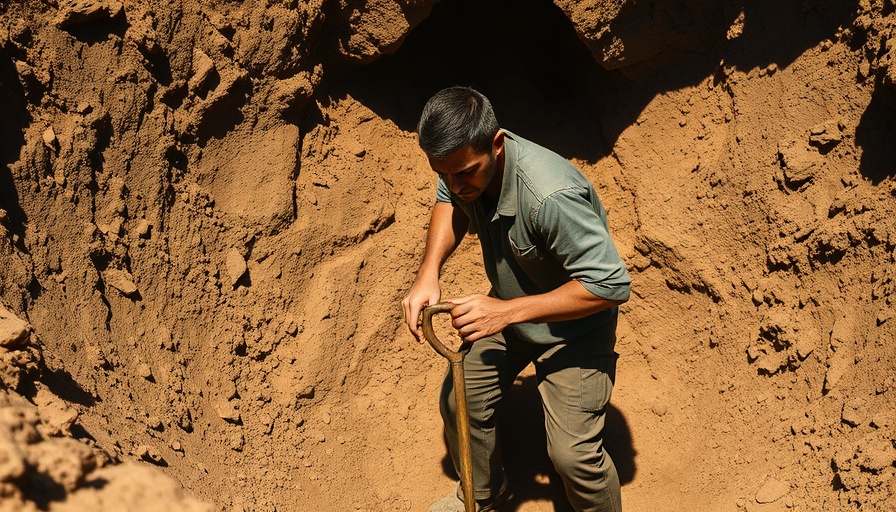
Embracing Biodiversity: A Global Perspective on Conservation
On July 28, the world celebrated its annual World Conservation Day, a vital reminder led by the South African National Biodiversity Institute (SANBI) about the critical importance of biodiversity. In an era marked by rapid population growth and escalating environmental challenges, the health of our planet significantly correlates with the health of humanity.
Population Growth: The Pressing Demand for Sustainability
The global population, now approaching eight billion, is expected to surpass nine billion by 2037. This tremendous increase exacerbates the pressure on natural resources—air, water, soil, and biodiversity—pushing them to the brink of unsustainability. As professionals in environmental sciences, it’s essential to recognize that without immediate action towards sustainable development, the ecological systems that support our livelihoods could collapse, affecting everything from food security to climate stability.
Key Biodiversity Areas: South Africa's Blueprint for Conservation
In response to these challenges, South Africa has pioneered the identification and management of Key Biodiversity Areas (KBAs). These are designated regions that function as critical habitats for various species and ecosystems, recognized globally for their conservation importance. South Africa stands out as the first nation to implement all 11 global KBA criteria, reflecting its leadership in biodiversity science and policy. In total, 263 terrestrial KBAs were officially recognized, encompassing over 357,000 km² and protecting 3,486 species.
Ecological Importance and International Collaboration
The KBAs serve not only as national treasures but also as crucial points of reference in the global conversation around biodiversity preservation. By collaborating with various stakeholders, including scientists and institutions, South Africa's approach can be seen as a template for other nations aiming to strengthen their biodiversity frameworks. The efforts contribute to a greater understanding of how such collaborations can inform energy policies, promote sustainable practices in industries, and tackle climate change.
Future Trends: The Green Economy and Just Energy Transition
As we move forward, the intersection between biodiversity, energy policy, and sustainable development cannot be underestimated. The shift towards a green economy is crucial for addressing both energy security and environmental impact. Policymakers must consider how conservation efforts can align with energy transitions, tackling important issues such as reliance on fossil fuels and initiating a just energy transition.
Global Lessons from Local Actions
The principles derived from South Africa's conservation initiatives can serve as enlightening examples. Hawaii's recent measures to safeguard its endangered habitats and Japan's successful biodiversity conservation actions highlight the necessity of robust frameworks akin to the KBA model in various contexts. Such cross-national learning fosters richer dialogue around biodiversity's role in global stability.
Call to Action: Participate in the Conservation Movement
To conflate knowledge into action, professionals and citizens alike must engage actively in conservation initiatives. From reducing carbon footprints to participating in local biodiversity conservation projects, every effort matters. Together, we can redefine our relationship with natural resources and build a more sustainable future for all.
For further insights on South Africa's initiatives regarding Key Biodiversity Areas, visit the SANBI website.
 Add Row
Add Row  Add
Add 




Write A Comment